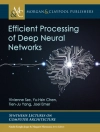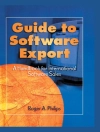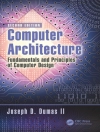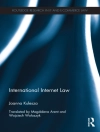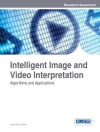This work introduces the reader to the world of digital forensics in a practical and accessible manner. The text was written to fulfill a need for a book that introduces forensic methodology and sound forensic thinking, combined with hands-on examples for common tasks in a computer forensic examination. The author has several years of experience as a computer forensics examiner and is now working as a university-level lecturer.
Guide to Digital Forensics: A Concise and Practical Introduction is intended for students that are looking for an introduction to computer forensics and can also be used as a collection of instructions for practitioners. The aim is to describe and explain the steps taken during a forensic examination, with the intent of making the reader aware of the constraints and considerations that apply during a fo
rensic examination in law enforcement and in the private sector. Upon reading this book, the reader should have a proper overview of the field of digital forensics, starting them on the journey of becoming a computer forensics expert.
Mục lục
Part I: Theory .- What is Digital Forensics?.- What is Cybercrime?.- Computer Theory.- Collecting Evidence.- Analyzing Data and Writing Reports.- Part II: Putting it into Practice .- Collecting Data.- Indexing, Searching and Cracking.- Finding Artifacts.- Some Common Questions.- FTK Specifics.- Basic Memory Analysis.- Part III: Vocabulary .- Vocabulary.- Part IV: Appendices .- Appendix A: Solutions.- Appendix B: Useful Scripts.- Appendix C: Sample Report Template.- Appendix D: List of Time Zones.- Appendix E: Complete Jitsi Chat Log.
Giới thiệu về tác giả
Joakim Kävrestad is a Lecturer in informatics at the University of Skövde, Sweden, with several years of experience as a forensic expert with the Swedish police.


